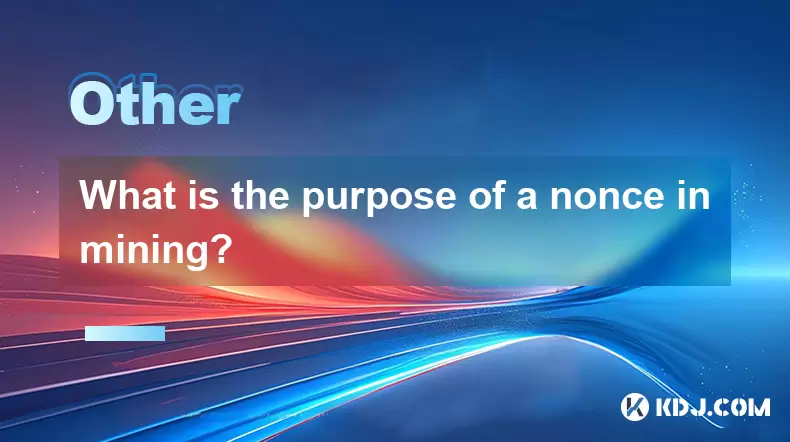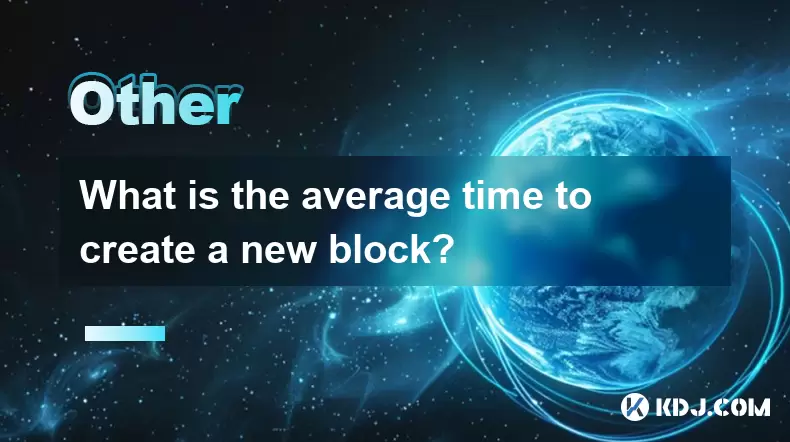-
 Bitcoin
Bitcoin $117300
1.99% -
 Ethereum
Ethereum $3884
5.89% -
 XRP
XRP $3.268
9.33% -
 Tether USDt
Tether USDt $1.000
0.02% -
 BNB
BNB $783.0
1.78% -
 Solana
Solana $173.6
3.51% -
 USDC
USDC $0.9999
0.00% -
 Dogecoin
Dogecoin $0.2193
7.00% -
 TRON
TRON $0.3380
0.30% -
 Cardano
Cardano $0.7769
5.08% -
 Stellar
Stellar $0.4350
9.36% -
 Hyperliquid
Hyperliquid $40.23
5.78% -
 Sui
Sui $3.739
6.95% -
 Chainlink
Chainlink $18.30
9.46% -
 Bitcoin Cash
Bitcoin Cash $581.7
2.11% -
 Hedera
Hedera $0.2577
5.51% -
 Ethena USDe
Ethena USDe $1.001
0.00% -
 Avalanche
Avalanche $23.08
4.23% -
 Litecoin
Litecoin $121.7
2.24% -
 UNUS SED LEO
UNUS SED LEO $8.962
-0.34% -
 Toncoin
Toncoin $3.332
1.36% -
 Shiba Inu
Shiba Inu $0.00001273
3.39% -
 Uniswap
Uniswap $10.35
6.84% -
 Polkadot
Polkadot $3.818
4.01% -
 Dai
Dai $1.000
0.01% -
 Bitget Token
Bitget Token $4.446
2.13% -
 Cronos
Cronos $0.1491
4.96% -
 Monero
Monero $255.4
-9.78% -
 Pepe
Pepe $0.00001099
4.80% -
 Aave
Aave $284.0
8.01%
how blockchain prevents double spending
By combining the distributed ledger with cryptographic hashing, proof-of-work consensus, immutability, public key cryptography, and transaction fees, blockchain effectively prevents double spending, fostering trust in digital currencies as reliable exchange mediums.
Oct 13, 2024 at 08:05 pm

How Blockchain Prevents Double Spending
Double spending refers to the fraudulent act of spending the same digital currency twice. In traditional banking systems, this is prevented by centralized authorities like banks that maintain records of account balances and transactions. However, in decentralized blockchain networks, there is no such central authority to enforce transaction integrity.
Blockchain employs several mechanisms to prevent double spending, including:
1. Distributed Ledger:
- Transactions are recorded on a distributed ledger maintained across multiple nodes in the network.
- Each node has a complete copy of the ledger, making it nearly impossible for a malicious actor to alter it.
2. Cryptographic Hashing:
- Each transaction is assigned a unique cryptographic hash, a mathematical fingerprint that cannot be replicated.
- Once a transaction's hash is computed, it is stored in the ledger along with the transaction details.
3. Proof-of-Work or Proof-of-Stake Consensus:
- Transactions are validated by miners or stakers who compete to solve complex mathematical puzzles.
- The first one to solve the puzzle adds a new block to the ledger, containing the verified transactions.
4. Immutability:
- Once a block is added to the ledger, its contents cannot be altered or reversed.
- This is achieved through the consensus mechanism and the use of cryptographic hashes that link each block to the previous one.
5. Public Key Cryptography:
- Transactions are signed using the sender's private key, which is not shared with others.
- The receiver verifies the signature using the sender's public key, which is made public.
- This ensures that only the legitimate owner can spend the currency.
6. Transaction Fees:
- Most blockchain networks charge a small fee for initiating transactions.
- This fee incentivizes honest behavior by making double-spending an expensive proposition.
Example:
- If Alice tries to double-spend a bitcoin, she has to create two different transactions, one sending it to Bob and one to Charlie.
- The bitcoin network would require both of these transactions to be validated and added to the ledger.
- However, the public key cryptography ensures that the same bitcoin cannot be spent to two different recipients.
- Additionally, the proof-of-work consensus mechanism would make it very difficult for Alice to mine a block containing both transactions, as the network would reject the second one as already spent.
In summary, blockchain prevents double spending through a combination of distributed ledger technology, cryptographic hashing, consensus mechanisms, immutability, public key cryptography, and transaction fees. This robust system ensures that digital currencies can be trusted as a reliable means of exchange.
Disclaimer:info@kdj.com
The information provided is not trading advice. kdj.com does not assume any responsibility for any investments made based on the information provided in this article. Cryptocurrencies are highly volatile and it is highly recommended that you invest with caution after thorough research!
If you believe that the content used on this website infringes your copyright, please contact us immediately (info@kdj.com) and we will delete it promptly.
- Cold Wallet Crypto in 2025: The Future is Now, Ya'll
- 2025-08-08 05:10:13
- MAGACOIN, SOL, and ADA: A Tale of Shifting Tides in Crypto
- 2025-08-08 05:10:13
- SHIB Price, PEPE, and the Memecoin Supercycle: Who Will Reign Supreme?
- 2025-08-08 05:50:12
- Pudgy Penguins Price Prediction: Google Trends & Breakout Signals
- 2025-08-08 05:50:12
- UAE Crypto Regulation: SCA and VARA Unite to Streamline the Future of Digital Assets
- 2025-08-08 05:55:48
- MAGACOIN Finance: The Presale Phenomenon Rocking the Crypto World
- 2025-08-08 05:55:48
Related knowledge

What is the purpose of a nonce in mining?
Aug 04,2025 at 05:56pm
Understanding the Role of a Nonce in Cryptocurrency MiningIn the world of cryptocurrency mining, the term nonce stands for 'number used only once.' Th...

Can data on a blockchain be deleted?
Aug 05,2025 at 04:00am
Understanding Blockchain ImmutabilityThe core principle behind most blockchain systems is immutability, which means that once data is recorded onto th...

What is the difference between on-chain and off-chain transactions?
Aug 02,2025 at 04:22pm
Understanding On-Chain TransactionsOn-chain transactions refer to digital asset transfers that are recorded directly on a blockchain ledger. These tra...

What is the average time to create a new block?
Aug 06,2025 at 09:21pm
Understanding Block Creation in Blockchain NetworksThe average time to create a new block varies significantly depending on the specific blockchain pr...

How are blocks linked together?
Aug 04,2025 at 06:56am
Understanding the Structure of a BlockchainA blockchain is a decentralized digital ledger composed of a sequence of blocks, each containing a list of ...

What are some of the main challenges facing blockchain technology?
Aug 07,2025 at 02:58am
Scalability Constraints in Blockchain NetworksOne of the most persistent challenges in blockchain technology is scalability. As blockchain networks gr...

What is the purpose of a nonce in mining?
Aug 04,2025 at 05:56pm
Understanding the Role of a Nonce in Cryptocurrency MiningIn the world of cryptocurrency mining, the term nonce stands for 'number used only once.' Th...

Can data on a blockchain be deleted?
Aug 05,2025 at 04:00am
Understanding Blockchain ImmutabilityThe core principle behind most blockchain systems is immutability, which means that once data is recorded onto th...

What is the difference between on-chain and off-chain transactions?
Aug 02,2025 at 04:22pm
Understanding On-Chain TransactionsOn-chain transactions refer to digital asset transfers that are recorded directly on a blockchain ledger. These tra...

What is the average time to create a new block?
Aug 06,2025 at 09:21pm
Understanding Block Creation in Blockchain NetworksThe average time to create a new block varies significantly depending on the specific blockchain pr...

How are blocks linked together?
Aug 04,2025 at 06:56am
Understanding the Structure of a BlockchainA blockchain is a decentralized digital ledger composed of a sequence of blocks, each containing a list of ...

What are some of the main challenges facing blockchain technology?
Aug 07,2025 at 02:58am
Scalability Constraints in Blockchain NetworksOne of the most persistent challenges in blockchain technology is scalability. As blockchain networks gr...
See all articles

























































































